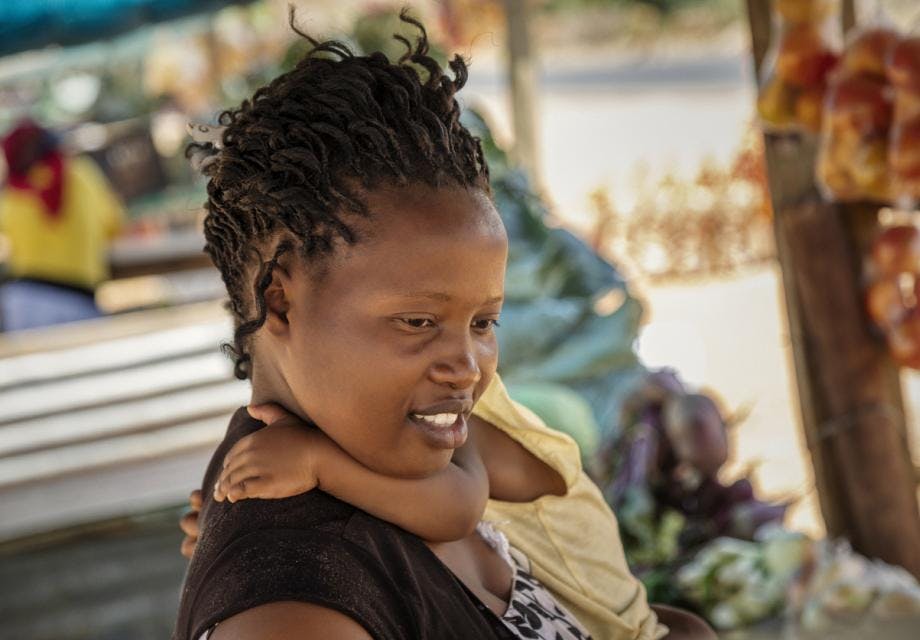Married women three times less likely to use condoms – and age plays a part
Hester Phillips
22 June 2022
Research with women in rural South Africa found older, married women are the age group most likely to be at risk of HIV through condomless sex
Many HIV prevention programmes focus on young women due to their high risk of HIV. But research from rural South Africa has highlighted the sexual risks older, married women are also facing.
What is the research about?
The study involved 626 women aged 22 to 84 in rural South Africa. Their median age was 51. All women were enrolled in a microfinance and gender training programme in Mahikeng, North West province. Microfinance programmes provide small, group-based loans to support income generation.
The aim of the research was to assess the link between women’s relationship status and contribution to household income with the sexual behaviours that increase HIV risk.
Why is this research important?
Women are disproportionately affected by HIV. In South Africa, 4.8 million women have HIV compared to 2.7 million men.
Understanding why this is and how to address it is essential for reducing HIV infections among women.
What did they find out?
Women who were married or co-habiting were three times less likely to use a condom than women who had never been married. Older married women were the most likely not to use condoms.
Women who were divorced, separated or widowed were twice as likely to have had two or more sexual partners in the past year compared to the other groups.
Women who were the only source of household income were the most likely to have multiple sexual partners. But they were less likely to engage in transactional sex (having sex in exchange for goods, money or status) than women who made no contribution to household income. This could be due to financially independent women having increased sexual agency, leading to more sexual partners.
Women who were financially dependent on their partners or families were the least likely to have multiple sexual partners. But they were the most likely to engage in transactional sex. This suggests that a lack of income can push women towards transactional sex, but only with one longer-term partner at a time.
Women’s contribution to household income had no links with whether they used condoms or not.
What does this mean for HIV services?
Many HIV prevention programmes focus on young women of reproductive age due to their high risk of HIV. They often exclude older women, yet these women are also at risk.
Working with older women to design condom awareness and HIV prevention programmes that resonate with an older age group could help to address this. Other interventions, such as microfinance programmes, should also take into account how women’s sexual health vulnerabilities change across their lifetime.
The COVID-19 pandemic has made many inequalities worse. This includes relationship power imbalances and income inequality. Now, more than ever, evidence-based HIV prevention programming that focuses on skills building, gender training and income generation is needed. But it is important to include women of all ages, rather than focus on younger women alone.
It is also essential to address unequal gender norms in this type of HIV programming. This means that men, especially male partners, need to be included.
Get our news and blogs by email
Keep up-to-date with all our latest news stories and blogs by signing up to the Be in the KNOW news digest.
